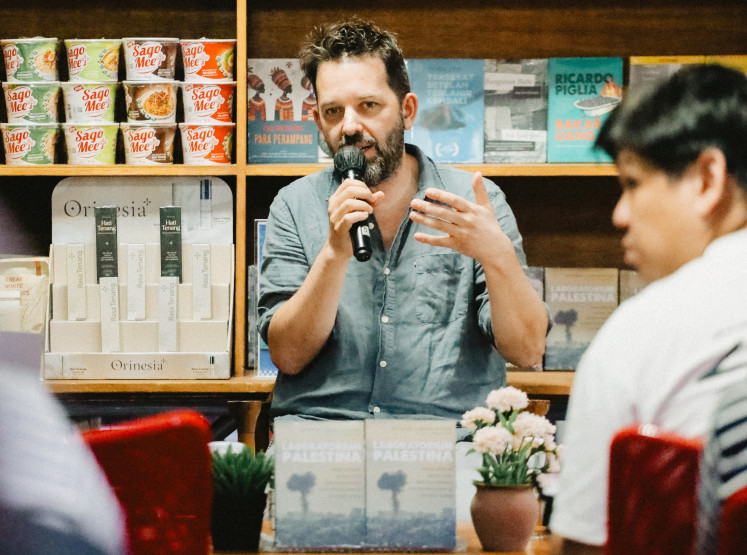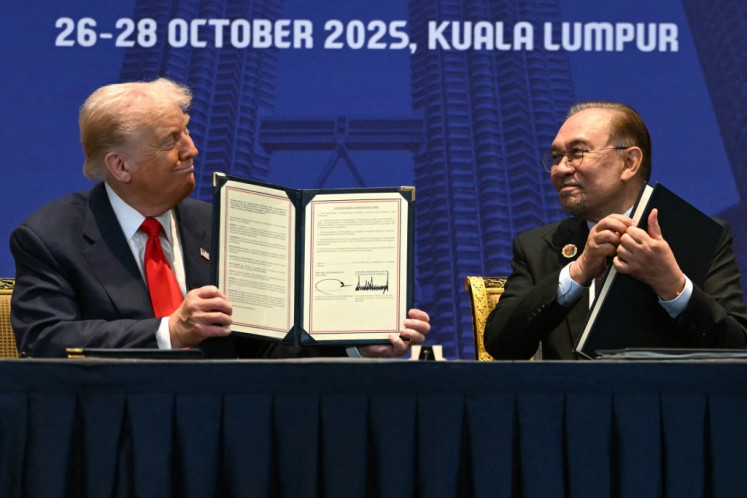Popular Reads
Top Results
Can't find what you're looking for?
View all search resultsPopular Reads
Top Results
Can't find what you're looking for?
View all search resultsIndonesian designer receives backlash after ‘human spine’ handbag resurfaced online
Based on the designer’s Instagram post (which first went viral in 2016), the bag’s handle was made entirely from a child who suffered from osteoporosis.
Change text size
Gift Premium Articles
to Anyone
W
hether it’s a Speedy Bandoulière or an Hermès Birkin, celebrities and influencers surely have one of these sitting casually inside their wardrobes. Some consider these luxury bags as “worthy investments” while others just simply associate them with being rich and famous.
Needless to say, handbags (which purpose is to just carry our personal items) have evolved from being a fashion staple to signifiers of wealth, beauty, and power.
But if you were as crazy rich as Heart Evangelista, would you consider purchasing a handbag made out of a…human spine? Nope, we’re not pulling a prank on you.
Reported by Insider, Indonesian fashion designer Arnold Putra is allegedly selling a handbag made from materials you would never expect in a usual purse—alligator tongues and human spine.
Based on the designer’s Instagram post (which first went viral in 2016), the bag’s handle was made entirely from a child who suffered from osteoporosis. Currently, it is being sold in other fashion sites for US$5,000.
Read also: Indonesian fashion designers help sew, donate protective gear for medical workers
After his post caused so much outrage among online users, he told Insider that the account doesn’t belong to him, but he has certainly “contributed” to it.
He then went on to say that the spine “was medically sourced from Canada with papers.” Although he refused to disclose more, he told the news outlet that the bones were from licensed companies that “receive human specimens donated to medicine and occasionally sell them as surplus.”
Meanwhile, for the alligator tongues used to complete the outer layer of the handbag in question, Putra said that they were “byproducts of the alligator meat and leather industry.”
In 2016, the National Geographic reported that there is currently a “large legal trade in human bones” in some parts of the US and Canada. And this story is proof that it may be possible to legally use these materials for fashion accessories.
This article appeared on the Philippine Daily Inquirer newspaper website, which is a member of Asia News Network and a media partner of The Jakarta Post











